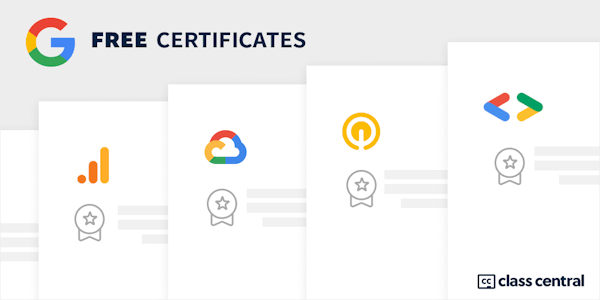Overview
Build Wireframes and Low-Fidelity Prototypes is the third course in a certificate program that will equip you with the skills you need to apply to entry-level jobs in user experience (UX) design. In this course, you’ll continue to design a mobile app for your professional UX portfolio. You’ll start by creating storyboards and getting familiar with the basics of drawing. Then, you'll create paper wireframes and digital wireframes using the design tool Figma. You’ll also create a paper prototype and a digital low-fidelity prototype in Figma.
Current UX designers and researchers at Google will serve as your instructors, and you will complete hands-on activities that simulate real-world UX design scenarios. Learners who complete the seven courses in this certificate program should be equipped to apply for entry-level jobs as UX designers.
By the end of this course, you will be able to:
- Develop a goal statement.
- Create two types of storyboards: big picture and close-up.
- Understand the difference between low-fidelity and high-fidelity design.
- Apply the basics of drawing.
- Apply the principles of information architecture to organize a mobile app.
- Create paper wireframes for a mobile app design.
- Develop digital wireframes in the design tool Figma.
- Build a paper prototype to add interactivity to designs.
- Design a low-fidelity prototype in Figma.
- Recognize implicit bias and deceptive patterns in design.
- Continue to design a mobile app to include in your professional portfolio.
To be successful in this course, you should complete the previous two courses in this certificate program, or have an ability to conduct user research to inform the creation of empathy maps, personas, user stories, user journey maps, problem statements, and value propositions. You will also need paper and a pen or pencil.
Syllabus
- Storyboarding and wireframing
- Welcome to the world of wireframes! You'll start by learning how to use research findings to inform ideation during the design process. Next, you'll create two types of storyboards: big picture and close-up. Then, you'll draw your first wireframes, and you'll explore the benefits of wireframing. Keep in mind that at this point in the design process, you should have lots of ideas for designs that address real user needs. You want to refine those ideas, and wireframing can help you do that.
- Creating paper and digital wireframes
- This is an action-packed part of the course where you'll draw wireframes for a mobile app! First, you'll draw lots of wireframes on paper. Then, you'll transition to digital wireframes in the design tool Figma. You'll even learn directly from Figma about how to best use their tool. Finally, you'll apply Gestalt Principles, like similarity, proximity, and common region, to your wireframes.
- Building low-fidelity prototypes
- You've gone through the first three stages of the design process: empathize, define, and ideate. Now, you'll enter the fourth stage of the design process: prototype. First, you'll create a paper prototype of your mobile app. Then, you'll transition to a digital low-fidelity prototype in Figma. In addition, you'll explore ways to recognize potential bias in your designs and learn how to avoid deceptive patterns.
Taught by
Google Career Certificates








